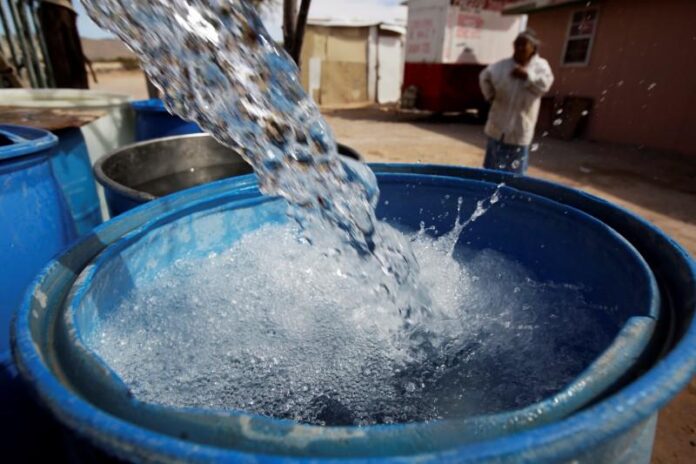Every morning, 180 students at a school in Jackson, Mississippi have to board a bus to be taken to another nearby school. The reason? Their school lacks the water pressure
needed to flush its own toilets.
Cheryl Brown, the principal at Wilkins Elementary — where 98 percent of the 400 students are African American and most come from underprivileged backgrounds — doesn’t hide her frustration.
“It’s hard. It’s very hard,” she told AFP. “It’s taxing on the boys and girls,” who spend much of the day at the other school before heading back to Wilkins in the afternoon. “It’s taxing on the staff members,” she said.
Jackson is undergoing a severe water crisis — despite its status as a state capital in one of the richest countries in the world.
Late last year, President Joe Biden signed into law a $1 trillion package to address badly deteriorated infrastructure like Jackson’s.
The city’s water system has suffered “significant deficiencies” since 2016, reports from the southern state’s health department found.
Both the causes and symptoms of the crisis are clear: water flows from old and unmaintained treatment plants — one is 100 years old — through leaking, century-old pipes. When it comes out of city taps, it’s sometimes rust-brown — and always contaminated with lead.
“The distribution lines are aging, and a master plan for pipe replacement… is not being implemented,” the US Environmental Protection Agency (EPA) wrote in a 2020 report.
It said the city loses as much as 50 percent of its water — a stunning amount — through the decrepit system.
As a result, “three local hospitals have drilled their own wells… to have access to reliable sources of drinking water.”
– No isolated case -Jackson, a city of 155,000, is not the only US city to face such a crisis.
One of the worst US public health scandals in years came when the details of poor water quality management were exposed in the northern industrial city of Flint, Michigan.
A budget crisis prompted that city to change its water source, leaving thousands of residents exposed to dangerously high lead levels.
Both Flint and Jackson are majority Black, which for many observers confirms the existence of “environmental racism” — with African Americans disproportionately affected by pollution.
Brown, the Wilkins principal, does not like to dwell on the issue.
But after relying for weeks on portable toilets — forcing students to stand in long lines to wait their turn — she now worries that the daily bus trips to another school are cutting into instruction time.
Charles Williams, who will be retiring as Jackson public works director this month after a long, wearying battle with the water crisis, told AFP the problems facing Jackson are complex.
“This didn’t happen overnight,” he said. “This was delayed maintenance and lack of funding.”
He estimated the cost of updating the city’s water system at $3 billion to $5 billion — no small sum for a medium-sized city.
How much help Jackson might get from the big US infrastructure package is not yet clear, though the EPA has encouraged “communities such as Jackson with critical water infrastructure needs” to apply.
A lengthy investigative article in the Mississippi Free Press by journalist Nick Judin identified two problems underlying Jackson’s woes: a past drop in EPA funding for local water projects and a population exodus from the city to the suburbs.
Source: BSS





